The Journey of Motor Control
The Journey of Motor Control highlights Toshiba’s core competence and 40 year history in providing competitive and integrated solutions for Motor Control with Driver ICs and MCUs. Toshiba Vector Engine based MCUs offer a major advance in providing higher performance, lower costs and easier software design. The portfolio covers adjacent system building blocks such as Power supply and Isolation that complete the overall solution coverage for Robotics, Industrial and Automotive and enables customers to source all their required components from Toshiba as a one-stop-shop.

Robotics
- Automatic Guided Vehicle Reference Model
- Servo Drive Reference Model for Mutli-Channel Motor Control
Industrial
- Brushed Motor Driver - lowest standby power consumption
- Brushless DC Motor Control - Constant rotational speed via closed-loop speed control
- Stepper Motor Control - Optimized energy efficiency through Active Gain Control (AGC)
- Cordless Power Tool Reference Design
Automotive
- Stepper Motor Driver - Head-up-Display mirror control
Robotics
Automatic Guided Vehicle Reference Model (AGV)
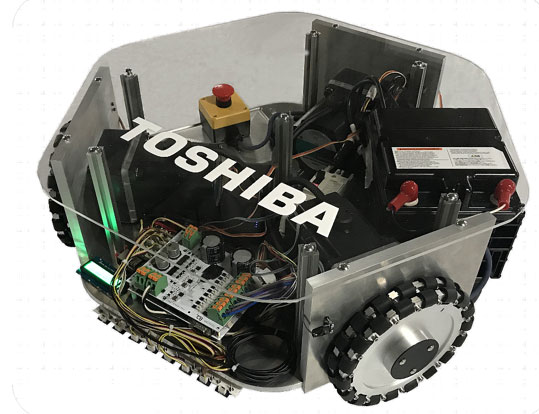
Inverter for 3-phase motor drive and MCU for BLDC servo motor control
- Inverter for three 3-phase brushless DC motors, up to 750W each
- AGV moving with three omni wheels of 203mm diameter
- Line tracing through infrared sensor system
Key products:
| Features | Advantages | Benefits |
|---|---|---|
|
|
|
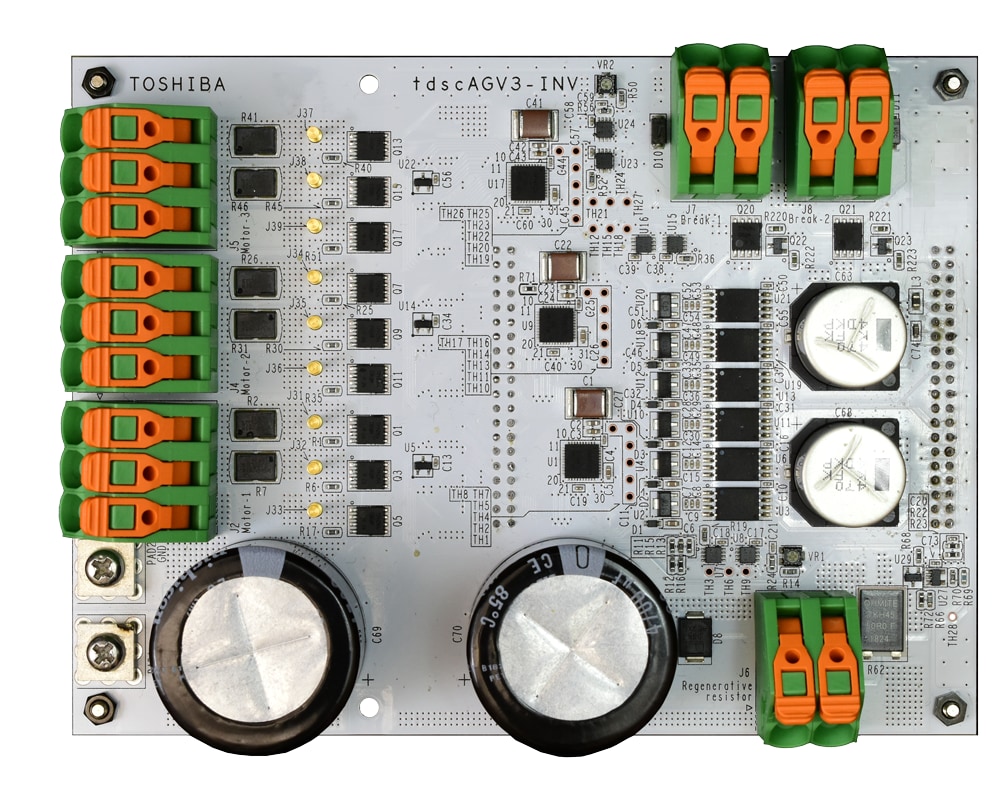
Servo Drive Reference Model for Multi-Channel Motor Control
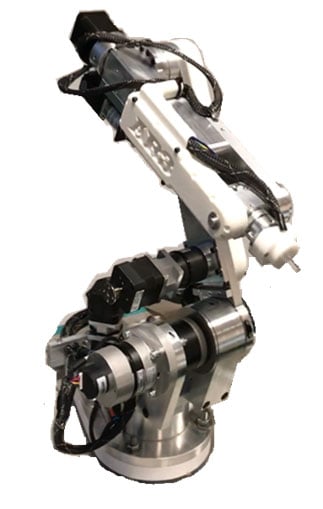
Robot ARM as demo system
- Robot arm movement by single MCU controlling 3 motors
- Inverter drives 3-phase BLDC motors, 200W power stage
Key products:
TMPM4KNFDFG Motor MCU (160MHz)
U-MOS IX TPW3R70APL low-voltage MOSFET
M4K Motor Control MCU Series
TLP2370 coupler, TCR3DM33 LDO, TC7QPB9307FK level shifter
Further links:
Low Voltage Drop-Out Regulator Flyer
| Features | Advantages | Benefits |
|---|---|---|
|
|
|
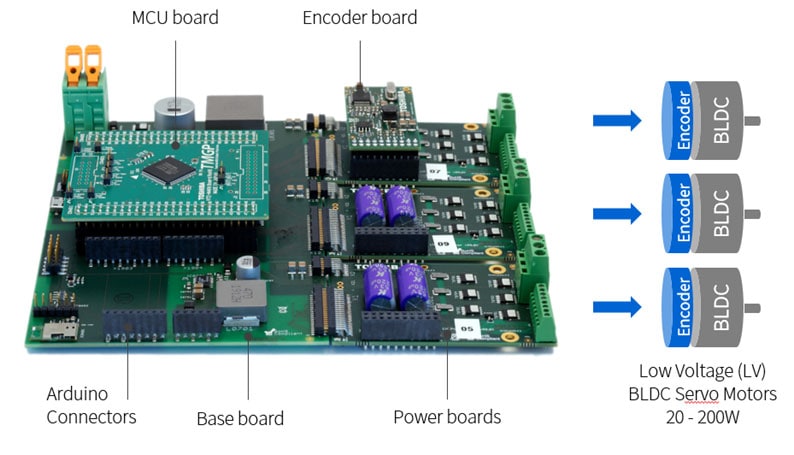
Industrial
Brushed Motor Driver - Lowest standby power consumption
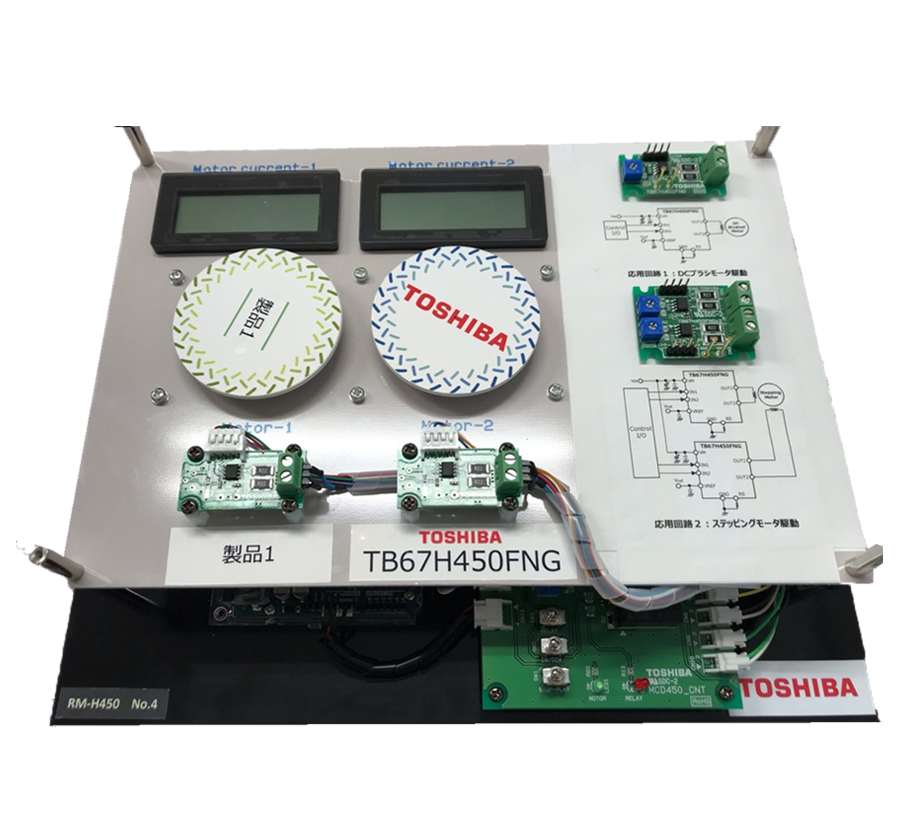
Ultra-low standby current consumption
- Only 1µA standby current
- Wide operating voltage range down to 4.5V
- Enables multi-product sourcing strategies due to industry standard package and pinout
Key product:
| Features | Advantages | Benefits |
|---|---|---|
|
|
|
Brushless DC Motor Control
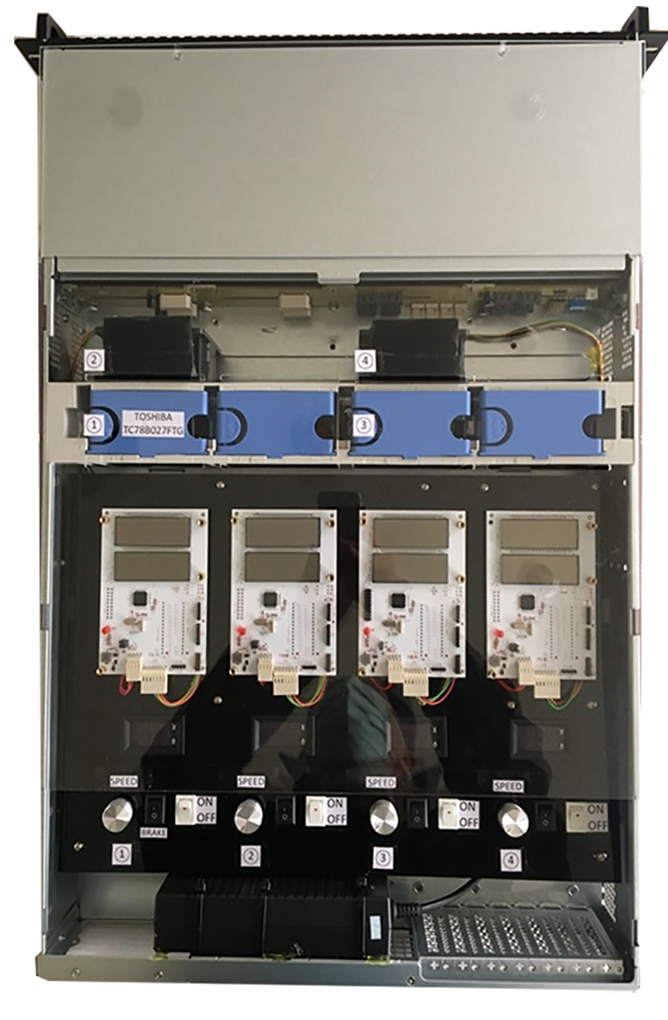
Constant rotational speed via closed-loop speed control
- Fast regulation of speed fluctuations caused by changes in power supply voltage and torque load
- No external MCU required due to embedded non-volatile memory
- No speed control software development required
Key products:
| Features | Advantages | Benefits |
|---|---|---|
|
|
|
Advantage of Intelligent Phase Control
Intelligent Phase Control detects the motor current phase and feeds back the information for auto lead angle control. When a motor application has a sensor, the phase of the Hall signal is automatically adjusted to match that of the motor drive current.
High efficiency is achieved regardless of the rpm, load torque and power supply voltage of a motor. Intelligent Phase Control also helps reduce the number of external parts necessary for lead angle adjustment.
Stepper Motor Control
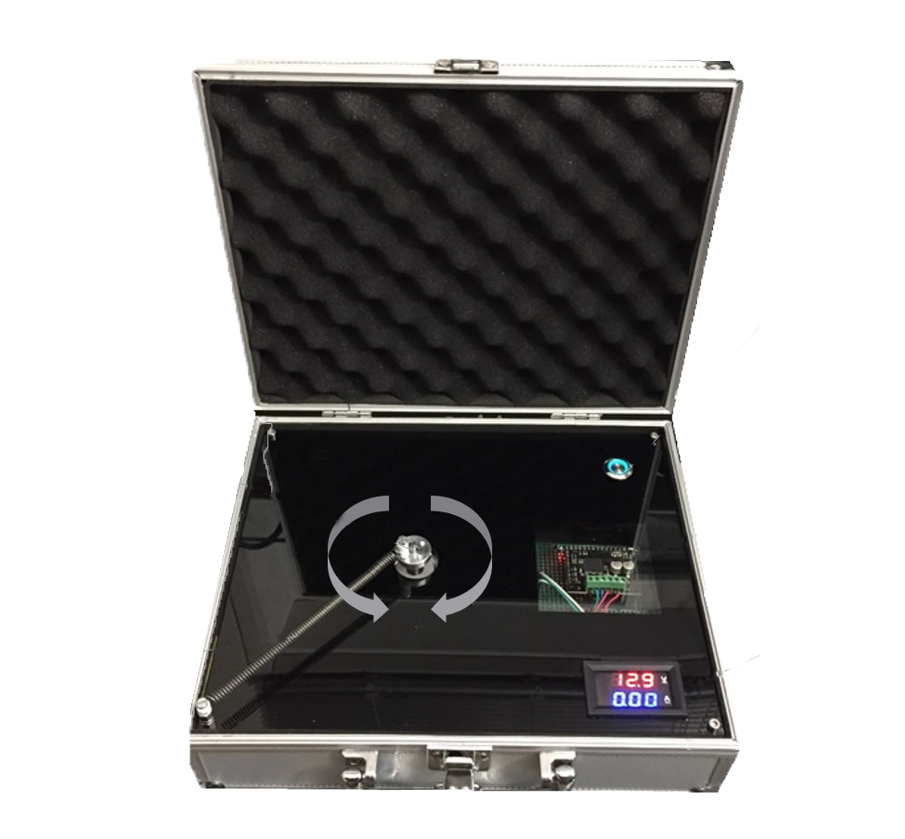
Optimized energy efficiency through Active Gain Control (AGC)
- Up to 48% reduction in motor current
- Prevention of stall and step loss
- Significant heat reduction*1 in motor and controller
Key product:
Overview Stepping Motor Driver
Further links:
| Features | Advantages | Benefits |
|---|---|---|
|
|
|
*1) Active Gain Control optimizes the drive current to suit the required torque. It´s a Toshiba technology that prevents stalls and realizes power savings.
*2) Advanced Dynamic Mixed Decay automatically optimizes the switching control of fast decay and slow decay modes to secure high speed rotation. It´s a Toshiba original mixed decay technology.
Cordless Power Tool Reference Design
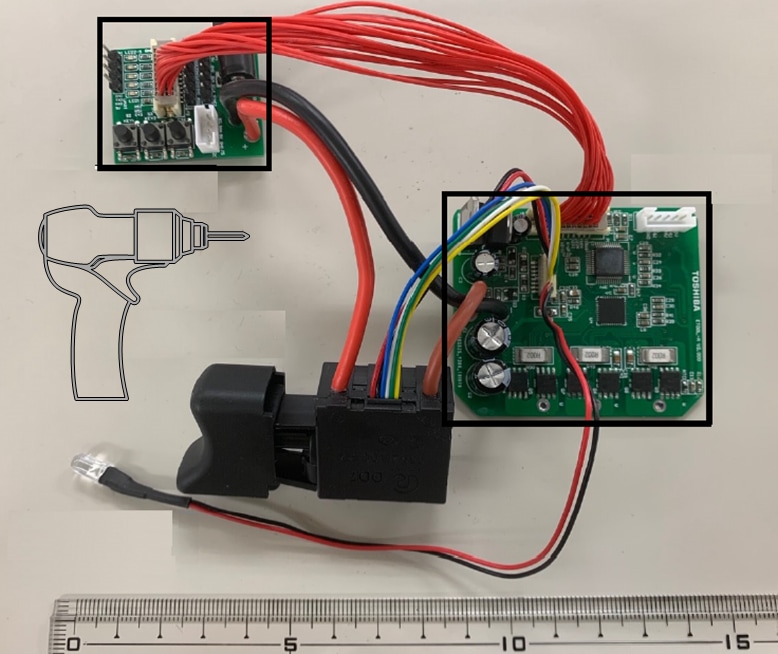
Compact, efficient and flexible control for Brushless DC (BLDC) motor based power tools
The reference design combines Toshiba’s highly efficient low-voltage MOSFET devices with Toshiba’s dedicated motor control MCU and thus provides a very compact but flexible platform for the control and drive of BLDC motors in power tools. The Motor current is generated by a 3-phase inverter with 200W output power stage using the Toshiba TPH1R204PB low-voltage MOSFET. This device features industry-leading RDS(ON) in a 5×6mm SOP Advanced package and provides low spike generation helping to prevent EMI effects.
Main PCB
• Compact form factor (60 x 50 mm)
• 3-phase inverter, 200W output stage
• Speed control switch
• Pilot lamp
* sofware currently under development
Key products:
TPH1R204PB High Efficient LV MOSFET
TC75W58FK Comparator
Further links:
Design data download: Cordless Power Tool Reference Design
| Features | Advantages | Benefits |
|---|---|---|
|
|
|
* optional support
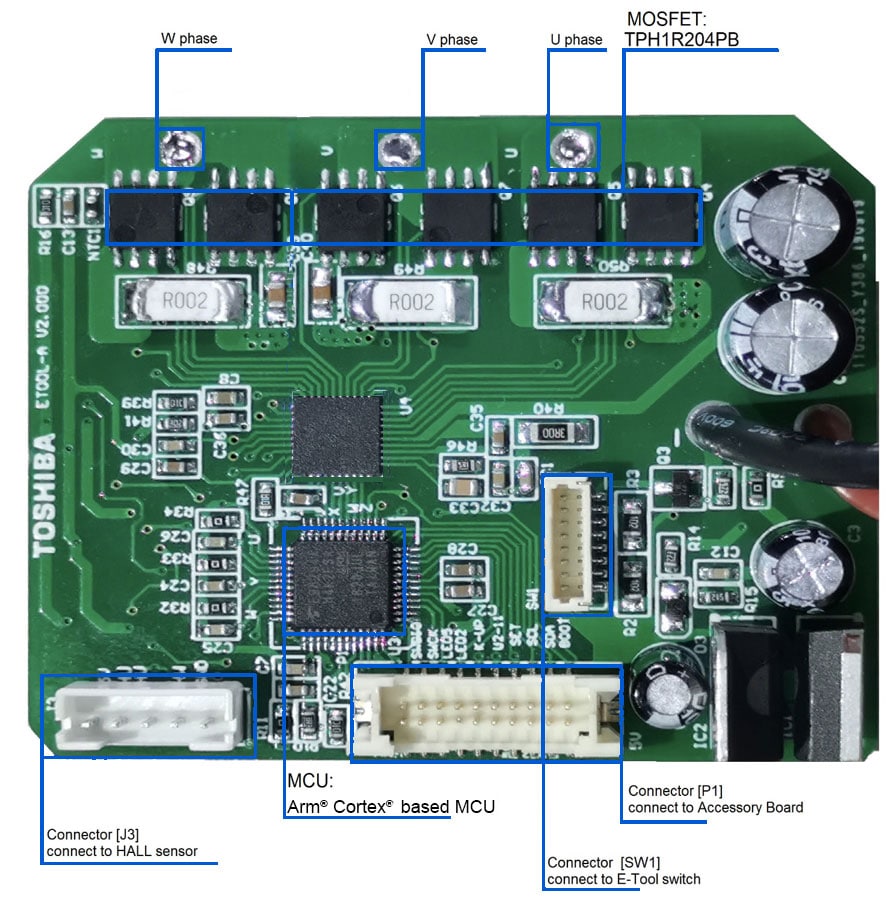
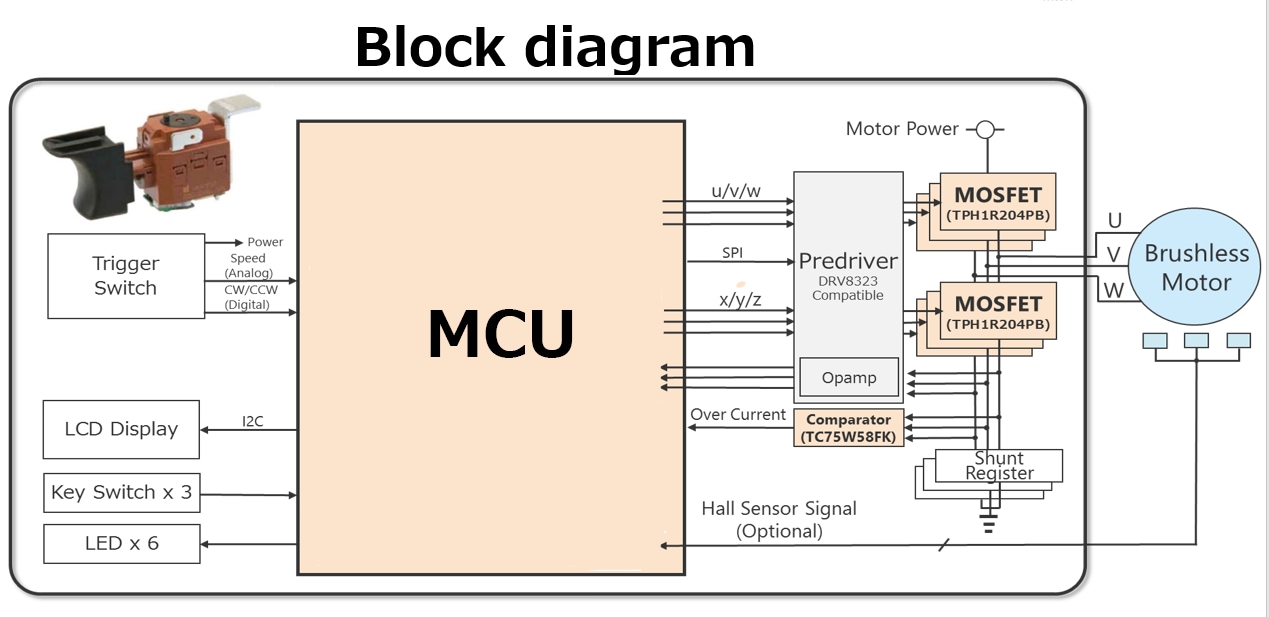
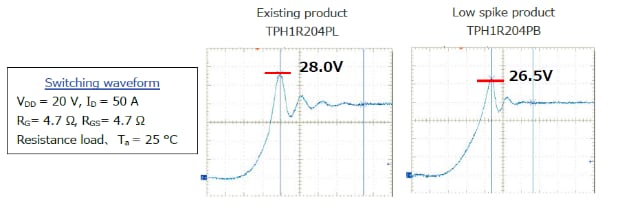
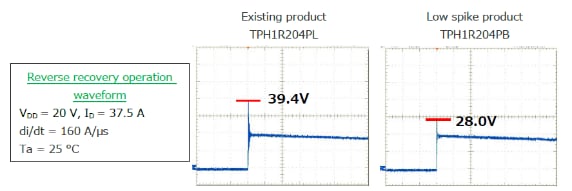
TPH1R204PB Low Spike Feature
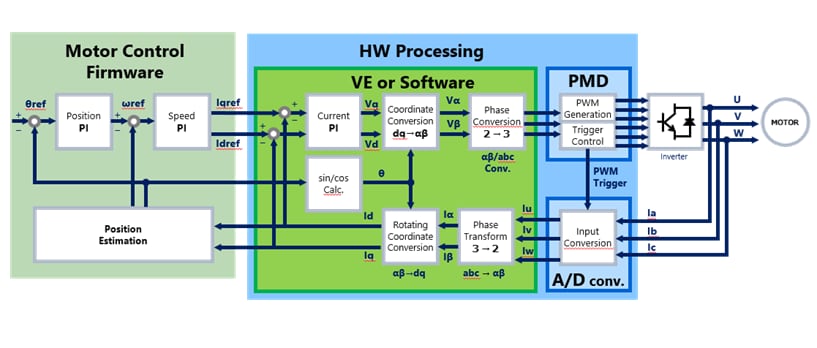
Automotive
Stepper Motor Driver - Head-up Display Mirror Control
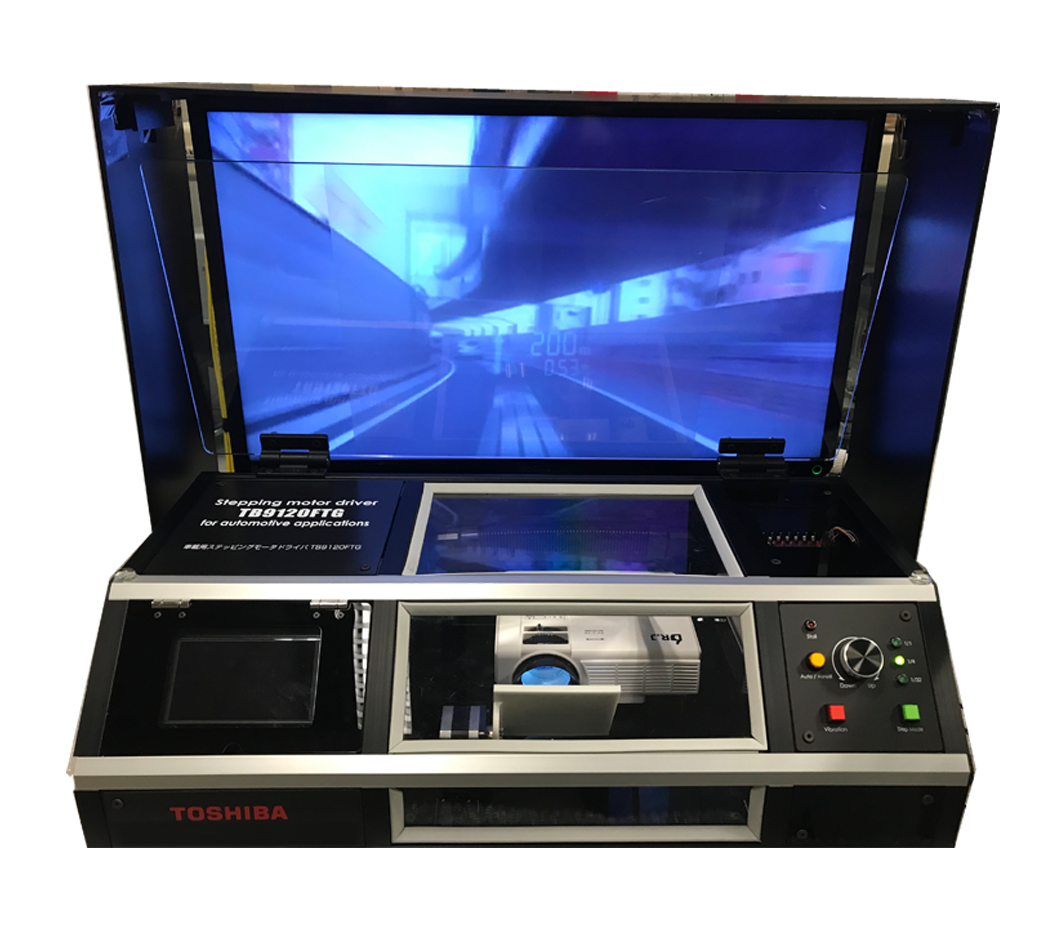
Stepping motor driving IC
- A projector emits Head-up Display typical information content
- The light-beam is reflected to an upwards oriented screen
- A stepper motor controlled mirror moves the content up/downcontrol)
Key product:
TB9120FTG
Further links:
| Features | Advantages | Benefits |
|---|---|---|
|
|
|

